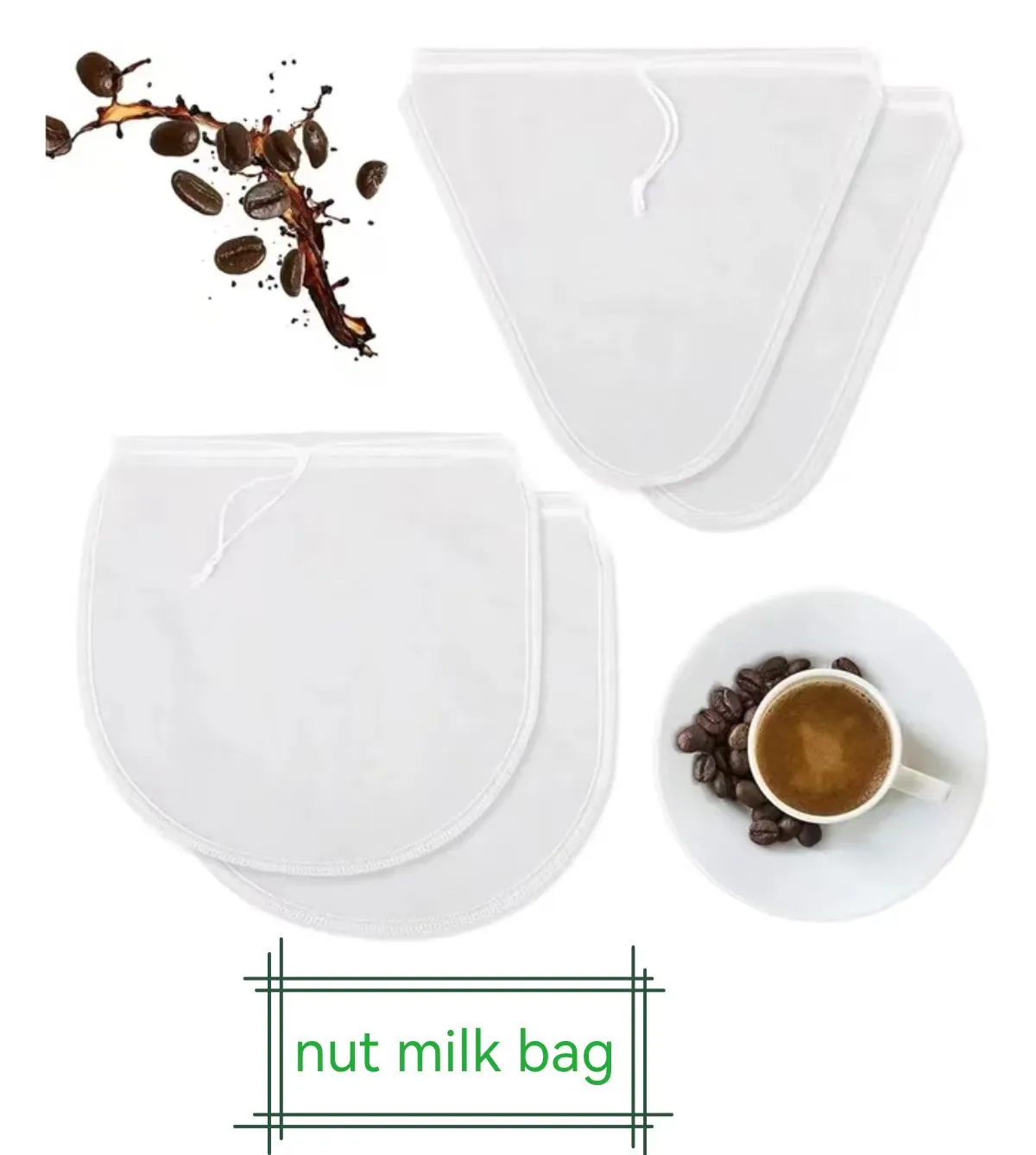Exploring Effective Strategies for Implementing Bird Netting in Agriculture and Urban Environments
The Importance of Bird Netting in Modern Agriculture
Bird netting is an essential tool in modern agriculture, serving as a protective barrier that helps farmers safeguard their crops from bird damage. In recent years, the use of bird netting has gained prominence due to the rising concerns about food security and the increasing pressures on agricultural yields. This article delves into the significance of bird netting, its benefits, and its applications in various aspects of farming.
Birds, while a vital part of our ecosystem, can pose a significant threat to crops. Species such as sparrows, starlings, and crows are known to raid fruit trees, vineyards, and vegetable gardens, leading to substantial losses for farmers. The economic impact of bird damage can be staggering; researchers estimate that birds can cause losses of 10% to 30% in various crops, depending on the location and type of farming. To address this, bird netting serves as a preventive measure that is both effective and environmentally friendly.
One of the primary benefits of bird netting is its ability to provide physical protection without harming the birds
. Unlike other pest control methods that may involve harmful chemicals or traps, netting acts as a barrier to deter birds from accessing the crops. This not only helps preserve the crops but also maintains the ecological balance by protecting bird populations. Farmers can choose from a variety of netting materials, such as polyethylene or nylon, which are designed to withstand various weather conditions, ensuring long-term use and effectiveness.bird netting

Furthermore, bird netting is versatile and can be applied in several agricultural settings. In fruit orchards, for instance, netting can be draped over trees to protect ripe fruits from feathered raiders. In vineyards, it can shield grapes from birds eager to feast on the juicy berries. Additionally, vegetable farms can benefit from using netting to cover specific plants that are particularly susceptible to bird interference. This flexibility makes bird netting an indispensable tool for farmers of all kinds.
The installation of bird netting is relatively straightforward, making it accessible even for small-scale farmers. Farmers can easily set up netting structures using poles or hoops to create a supportive framework for the net. Once installed, it allows for easy access to the crops while effectively keeping birds at bay. Regular maintenance is essential to ensure that the netting remains intact and free of tears or holes, which could provide entry points for birds.
In addition to its protective capabilities, bird netting can also be an economic investment for farmers. By reducing crop losses, farmers can improve their yield and profitability. Moreover, netting can minimize the need for additional pest control measures, thereby lowering overall expenses. This economic viability is crucial in today’s competitive agricultural market, where maximizing output while minimizing costs is paramount for success.
In conclusion, bird netting plays a pivotal role in modern agriculture, providing essential protection for crops while promoting sustainable farming practices. As pressures on food supply continue to grow, implementing effective measures like bird netting will be vital for safeguarding harvests and ensuring food security. By integrating this environmentally friendly solution, farmers can protect their investments, support biodiversity, and play a part in meeting the dietary needs of a growing global population. Bird netting is more than just a physical barrier; it is a crucial element in the evolving landscape of sustainable agriculture.
-
The Versatility of Stainless Steel Wire MeshNewsNov.01,2024
-
The Role and Types of Sun Shade SolutionsNewsNov.01,2024
-
Safeguard Your Space with Effective Bird Protection SolutionsNewsNov.01,2024
-
Protect Your Garden with Innovative Insect-Proof SolutionsNewsNov.01,2024
-
Innovative Solutions for Construction NeedsNewsNov.01,2024
-
Effective Bird Control Solutions for Every NeedNewsNov.01,2024












